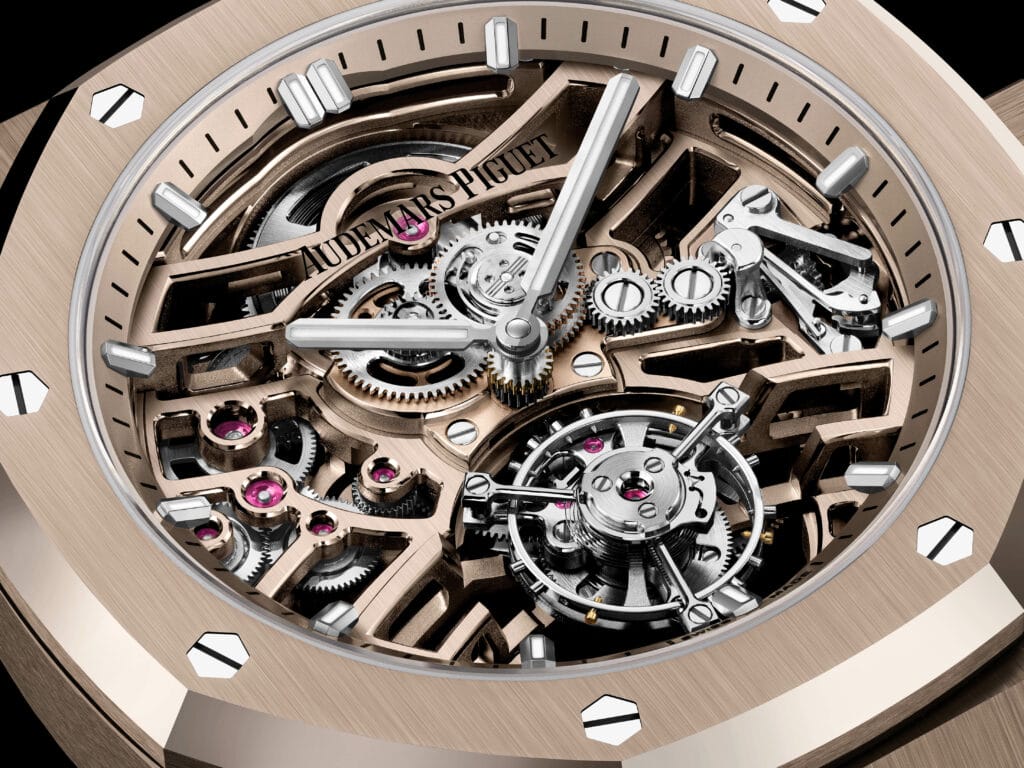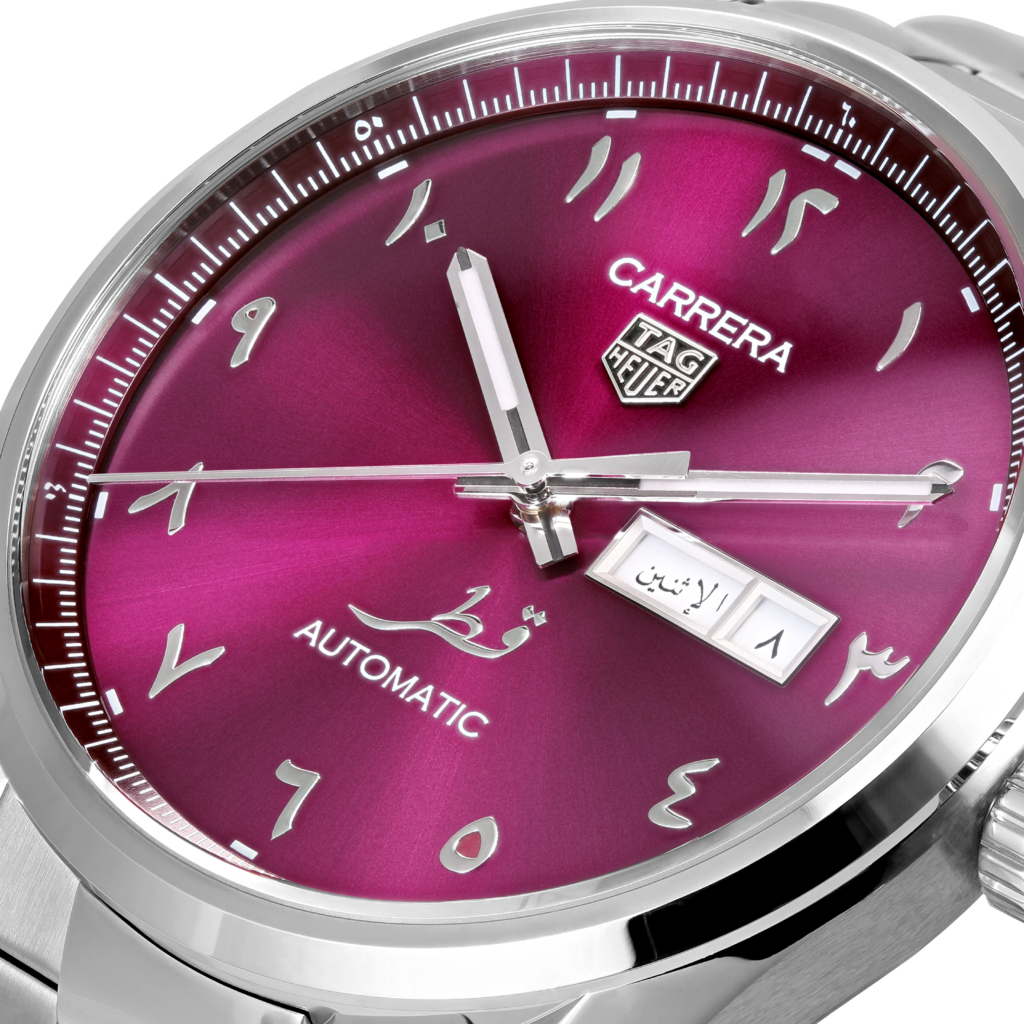Swiss watchmaker IWC Schaffhausen’s latest timepiece – the ninth in the series since 2006 paying tribute to Antoine de Saint-Exupéry, the pilot and award-winning author of The Little Prince – commemorates the 70thanniversary of his last flight. That final fateful day that led to the WWII hero’s mysterious disappearance began on the French island of Corsica in the Mediterranean Sea…
It proved to be one mission too many. Despite his age and battered body due to multiple injuries caused by plane crashes in the Libyan Desert, bay of Saint-Raphaël, Mekong and Guatemala City, miraculously escaping death each time, Antoine de Saint-Exupéry wouldn’t take no for an answer. With his do or die attitude, he was adamant that he had to fly again, not for the sake of personal glory but in the service of France, to liberate his beloved homeland from the grip of Nazi Germany during WWII. Tormented by inaction after being grounded for overshooting the runway in 1943, he was prepared to sacrifice his life.
Through his celebrity and political connections, he was able to rejoin the active list of the French Air Force’s 2/33 reconnaissance unit. He was the only 44-year-old allowed to pilot a monoplane, especially the American Lockheed P-38 Lightning – the world’s fastest and most advanced at the time – as it was usually reserved for young, fit elite pilots instead of someone too old for active service. But his rejection of the rules would ultimately lead to his demise.
At 8.45am on 31 July 1944, Saint-Exupéry took off from a military air base in Corsica aboard the P-38 Lightning on a photographic mission to map the east of Lyon. At 12.30pm, there was no sign of him and, two hours later, his fuel would have run out. A message was emitted: “Pilot did not return and is presumed lost.”
Although his body has never been found, his chain bracelet bearing the words “Antoine de Saint-Exupéry (Consuelo), c/o Reynal and Hitchcock Inc., 386 4th Ave. N.Y. U.S.A.” was discovered in the Mediterranean off the coast of Marseille by fisherman Jean-Claude Bianco, as well as fragments of his Lightning that had exploded on impact, engraved with the serial number “2734 L”, indicating his plane.
In 2008, a former German Luftwaffe pilot, Horst Rippert, claimed he had downed a Lightning with French colors, presumably that of his idol, Saint-Exupéry. His account remains unverifiable as Luftwaffe records show no records of such an event. To date, it still isn’t known whether Saint-Exupéry’s plane crashed due to enemy fire, accident, pilot error, sudden illness or suicide.
The pilot’s great-nephew, Olivier d’Agay, notes, “Saint-Exupéry was the third way between the Gaullists and Vichy France. He took another position and was only interested in convincing the Americans to come and fight for democracy. For him, it was very important to be in the war and to support his own ideas. This third way during wartime is not good because you have to be on the right or the left; you cannot be in the centre. He left New York in April 1943 with the American army and went back to Algiers, then to his original unit to pilot the Lightning and did a lot of missions. It was a terrible time for him because he had no news from his family and the Gaullists were really hard on him – they tried to stop him flying, but he was supported by the American President. At the time, it was first come, first served with the available planes at the airfield in Corsica. He was not supposed to do his last mission, actually, but he went to the airfield, the pilot wasn’t there, a plane was available and he left.”
Fast-forward 70 years: IWC brought a select group of journalists back in time, to Agay (one of the Allied landing sites in Provence) in the French Côte d’Azur, where Saint-Exupéry used to fly over his sister’s house, write tirelessly and do a lot of soul-searching. It was here that he decided to go to the US after the fall of France in 1940. Exiled in New York in 1941, he implored the engagement of the US in the war, and as he wrote during a period full of doubt, he had an incredible urge to re-enter combat under the US flag, although fighting without a country.
We were treated to an aerial demonstration by the last flying P-38 Lightning in Europe, owned by Red Bull , the remaining five being based in the US. Despite being able to reach speeds nearing those of modern jetliners, the twin-engined riveted aluminum beauty purred by as it performed loops and spectacular flybys, cruising at 5Gs for our viewing pleasure, the Austrian pilot, Raimund Riedmann, describing it as a “pilot’s plane” and comparing it to a Cadillac due to its spacious cockpit.
However, we could imagine the difficult wartime conditions in which Saint-Exupéry flew: he was kept alive by bottled oxygen and an electrically-heated flight suit in an unpressurized and non-insulated cockpit, where temperatures could reach -50˚C at high altitude, separated from the elements solely by a thin shell of metal and Plexiglas, and his Lightning was unarmed being equipped with cameras instead.
Conversely, we had a taste of what it must have been like as a German soldier with a flight experience aboard a vintage Junkers Ju 52, a German transport aircraft manufactured from 1932 to 1945, which saw both civilian and military service. In a military capacity, it flew with the Luftwaffe as a troop and cargo transport plane and briefly as a medium bomber. We were flown from Cannes past the bay of Agay and Sainte-Maxime to Port Grimaud on an exhilarating ride that saw the plane lunge on its side, wings fully vertical, above Saint-Tropez and circle round, giving us a dizzying feeling and an idea of the complex maneuvers the pilots would have had to perform during WWII.
Back at Cannes Mandelieu airport, IWC commemorated Saint-Exupéry’s last flight with the launch of the Pilot’s Watch Chronograph Edition “The Last Flight” in three special limited editions featuring a 46-mm brown silicon nitride ceramic case (in the same tobacco color as Saint-Exupéry’s flying suit), brown dial, brown calfskin strap and crown, pushers and caseback in titanium, red gold or platinum. The IWC-manufactured 89361 automatic chronograph caliber with 68-hour power reserve operates 12-hour and 60-minute stopwatch functions displayed on a counter at 12 o’clock, a central chronograph seconds hand and a date window. The caseback is engraved with a special 70th-anniversary logo depicting the head of Saint-Exupéry; the same image is em¬bossed on the timepiece’s leather case, which houses a rotor-shaped letter opener. The precious metal models come with a print on duraluminum by French artist Manolo Chrétien.


